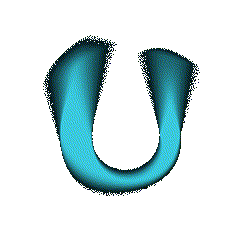Alexander Gorsky
choreographer
(1871–1924)
A pupil of the Petersburg Theatre School (he studied with Platon Karsavin and Marius Petipa), since 1889 he served in the Imperial Ballet company in St. Petersburg. In 1899, he made his debut as a choreographer with the ballet Clorinda, the Queen of the Mountain Fairies for the graduation performance of the St. Petersburg Theatre School. He transferred Petipa's ballets The Sleeping Beauty and Raymonda to the Moscow Bolshoi Theatre. In 1900, he staged his own version of Don Quixote in Moscow using Petipa’s performance as an outline. From 1902 to the present day, this production has been running at the Mariinsky Theatre in St. Petersburg.
In 1902–1924, Gorsky headed the Moscow ballet company and created new versions of the ballets from the Petersburg repertoire, including three versions of Swan Lake, The Little Humpbacked Horse, La Fille mal gardée and Giselle, as well as Pharaoh's Daughter, The Magic Mirror, Coppélia, Le Corsaire and La Bayadère. He developed a new genre of mimodrama (Gudula's Daughter on the plot of Hugo and Salammbô after Flaubert's novel).
His other productions include Love is Quick, Schuberiana, The Fifth Symphony, Stenka Razin, The Nutcracker, Salome’s Dance, Everlasting Flowers and The Venus Grotto.
Of Gorsky’s works, some fragments of La Fille mal gardée and The Little Humpbacked Horse as well as separate numbers in Swan Lake have survived, and Don Quixote is his most fully preserved production.



